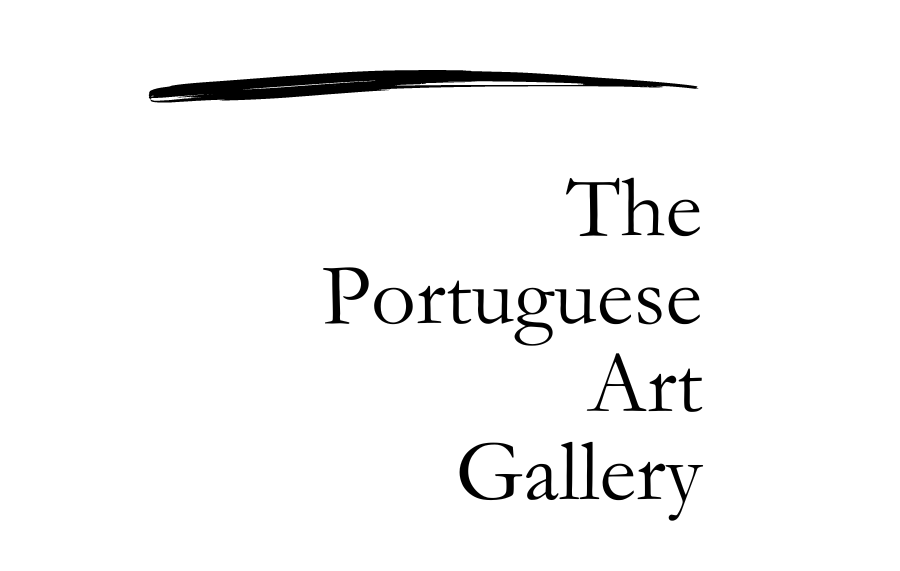José De Guimarães
Série: Desenhos Na Areia
$450.00
In stock
Partnership:

José de Guimarães, an exponent of contemporary Portuguese painting, has long been a renowned artist internationally. His artistic expression is characterized by a fragmentation aesthetic that has been evolving since the beginning of his career.
The artist has always reinvented himself and has paid special attention to graphic works, imprinting them with remarkable quality, as documented in the series "Desenhos na Areia" (Drawings in the Sand). These works reflect a fundamental aspect of contemporary art, following the footsteps of Picasso and Gauguin: the relationship with primitive art.
The drawings in the sand of the Quioco tribes, drawings traced on the ground during conversations, synthetic ideograms of mental and symbolic schemes, now serve as inspiration for José de Guimarães, who has always been interested in African art.
However, this series once again reflects the central poetic and artistic motifs of his work, in this case, manifested through a highly refined sign system marked by original joy and exuberance.
According to António Fontinha's text in the catalog of the artworks, these tribes are related to the Luchazi and Ngangela peoples who live in Eastern Angola and neighboring areas in Northwest Zambia and Congo (Zaire). António Fontinha is the son of Mário Fontinha, a researcher who collected a vast set of drawings from these tribes in the book "Desenhos na Areia dos Quiocos do Nordeste de Angola," which he meticulously analyzed.
Maria João Fernandes - International Association of Art Critics (AICA)
José de Guimarães
Additional information
| Artist | José De Guimarães |
|---|---|
| Collection | Desenhos Na Areia |
| Color | Baby Blue, Black, Ivory |
| Date | 2021 |
| Editor | Centro Português de Serigrafia |
| Format | Medium |
| Image Size (in) | 7.9 x 11.8 in |
| Total Size (in) | 13.4 x 16.9 in |
| Orientation | Portrait |
| Paper | Fabriano Tiepolo 290gr Paper |
| Print Run | 199 |
| Technique | Screen print |
| Style | Uncategorized |
| Framed | No |

















